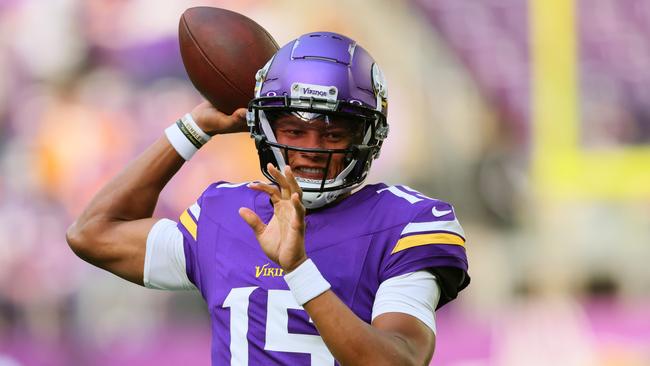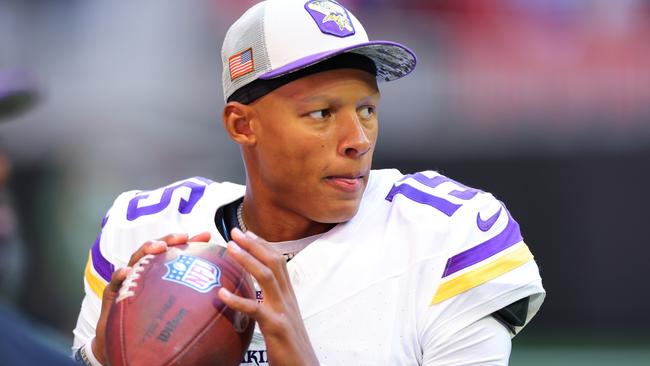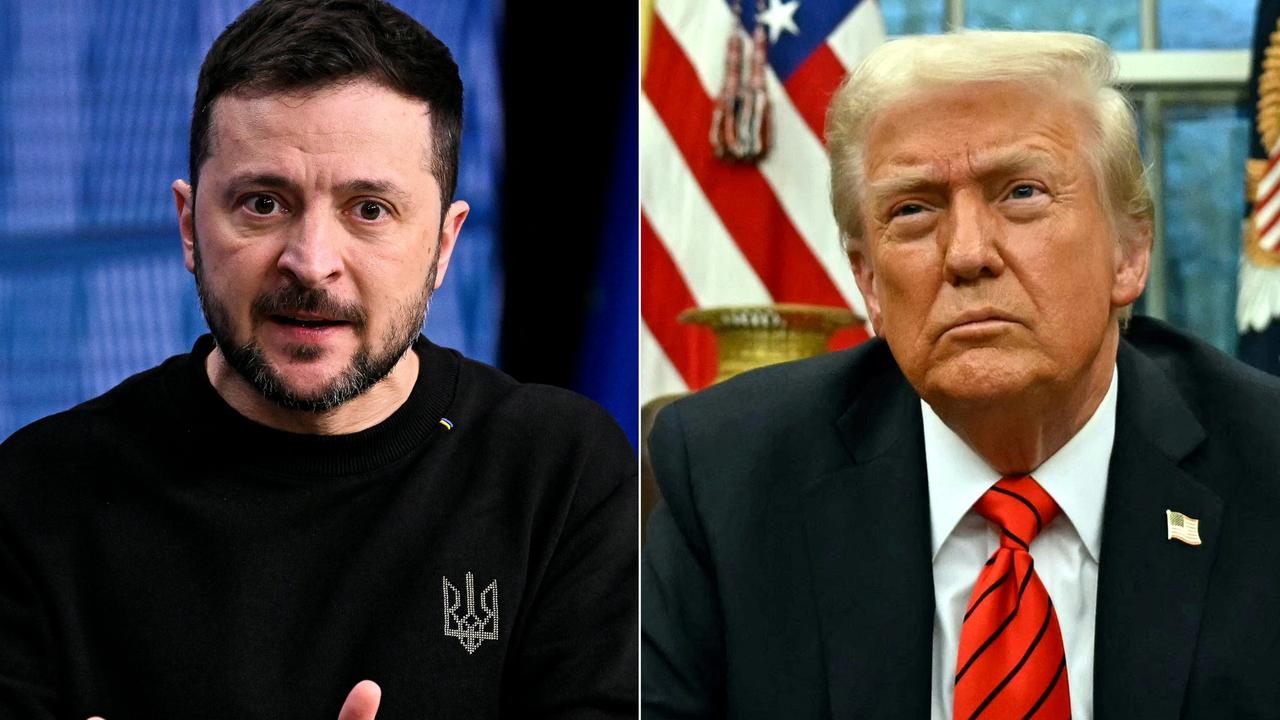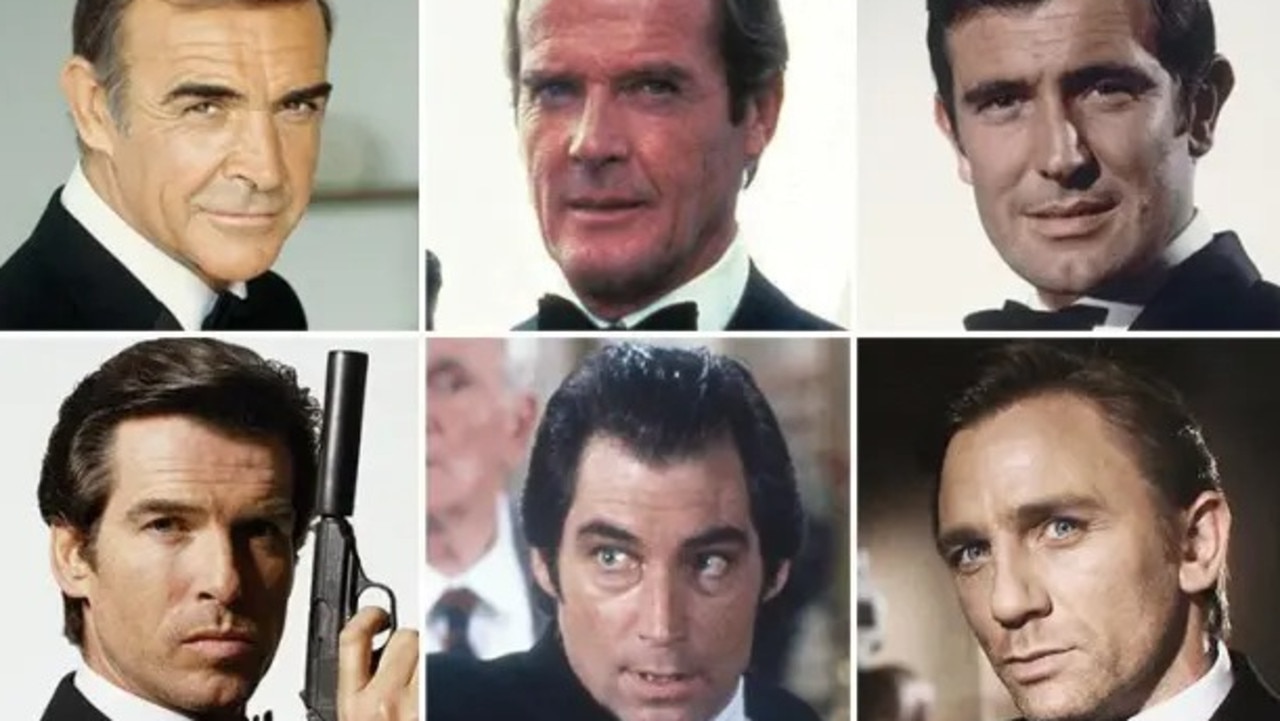The rocket scientist leading the Vikings
An NFL playbook is notoriously hard to learn. It’s not so bad when you’ve been working at NASA in your spare time.

When quarterback Joshua Dobbs subbed in for the Minnesota Vikings recently and led them to a dramatic victory just days after they traded for him, it amazed his teammates whose names he barely knew when he stepped onto the field.
It also left his former colleagues dumbfounded — which isn’t exactly easy to do considering they’re rocket scientists.
“The quickness that he absorbed that playbook is astounding,” says Scott Colloredo, NASA’s Director of Engineering at Florida’s Kennedy Space Center.
Before Dobbs was a journeyman-turned-sensation for the Vikings, he majored in aerospace engineering at the University of Tennessee, where he was the rare SEC football player to take gruelling science classes while also preparing to play in the NFL. Even more remarkably, Dobbs has kept up with the science while making millions of dollars in the pros: he has spent two off-seasons moonlighting at NASA, where his bosses give him rave reviews and say he was just like any other engineer working on the Artemis program, except for how he made the football fans in the office giddy with excitement.
His co-workers these days are even happier to have him in their orbit. After quarterback Kirk Cousins tore his Achilles, the Vikings traded a late-round draft pick to acquire Dobbs from the Arizona Cardinals, and the “Passtronaut” was quickly shuttled into action after Cousins’s backup suffered a concussion.
Dobbs proceeded to throw for two touchdowns, including the game-winner with 22 seconds left, and run for another in a wild win over the Falcons.
Dobbs has now been on five different teams within the past year, but there are some people who cheer for him no matter where he goes. That’s because they see Dobbs less as a quarterback and more of a champion of science and math.

Robert Bond, a senior lecturer in Tennessee’s aerospace engineering department, remembers his first meeting with Dobbs because of the bizarre request that preceded it. Recruiting top high-school football players wasn’t part of his job description until the coaching staff called him in to be part of the sales pitch for a quarterback they were trying to poach.
“That was the first time that I’ve been asked for that,” Bond says. Bond was brought in because of Dobbs’s interest in the subject, and it worked: Dobbs flipped his commitment from Arizona State to Tennessee, and Bond became his academic adviser.
The reason he was a big man on campus, though, was because of his play on the field. Dobbs helped briefly revive a downtrodden football program, leading the school to back-to-back nine-win seasons in 2015 and 2016.
That put Dobbs on track to be selected in the 2017 NFL draft, but there was something he had to do first: his senior project. Which is why less than a week before the Pittsburgh Steelers picked him in the fourth round, he was hurling a projectile that wasn’t a football.
Dobbs was part of a team of Tennessee students participating in the American Institute of Aeronautics and Astronautics’ Design/Build/Fly competition, where the participants had to launch a model aeroplane they had built. The Tennessee kids didn’t have much debate about who was going to be tasked with throwing their craft.
“We just happened to have an NCAA quarterback on our team,” Bond says. “It couldn’t have been a better competition topic for him,” adds Merrie Scott, AIAA’s vice president of community and partnership engagement, who can’t think of another future NFL player participating in the event.
While Dobbs faded from the spotlight riding the bench in Pittsburgh, there was one person who didn’t forget about his passion for aerospace engineering. Down at the Kennedy Space Center, where NASA astronauts are launched into space, Colloredo may have been Dobbs’s most ardent fan. That’s because Colloredo also attended Tennessee.
Colloredo eventually reached out on LinkedIn — yes, Dobbs is an NFL quarterback who maintains a LinkedIn page so actively that it has already been updated to say he now works for the Vikings. That message led to Dobbs visiting the Kennedy Space Center and later, in 2020 and 2021, spending a few weeks at a time with NASA for an externship.
His experience there and at NASA’s Glenn Research Center in Cleveland wasn’t merely a photo op. He spent time on the ground side of the space launch system for the Artemis program, the moon research venture. He worked on what’s called the instrumentation group, which has critical tasks such as detecting hazardous gases on the launch pad. He was, by Colloredo’s own assessment, a “hard-core engineer.”
“We put him in with a group that expected him to perform,” Colloredo says. “He really stepped up.”
Before Dobbs could step up for the Vikings, he had been pinballing around the NFL. Before last week’s trade he had been with the Steelers, Jaguars, Steelers again, Browns, Lions, Titans, Browns again and Cardinals. (He didn’t skip any of the teams on his LinkedIn page, no matter how briefly he was with the club.)
At his last stop, in Arizona, he had his first extended opportunity as a starter. While the Cardinals slumped to a 1-7 record during his starts, he also flashed the type of dual-threat playmaking that had made him a star in college.
Once Cousins got hurt, the Vikings brought in Dobbs for added depth, hoping to boost a playoff push that once looked improbable. Minnesota had started the season by losing four of its first five games, before rattling off three wins in a row heading into the Atlanta game.
Then rookie quarterback Jaren Hall went down, and Dobbs was rushed onto the field. He was lining up to players who were essentially strangers — he admitted afterwards that he would be a “bad teammate” if he was quizzed on their names. He had to go over the basics of simply snapping the ball with his centre on the sideline. He had to digest play calls that sounded like they were in a foreign language.
In the face of all of those obstacles, Dobbs showed a knack for adjusting on the fly that looked familiar to some people. The skills he continues to hone as an aerospace engineer happened to be oddly useful for a quarterback unexpectedly thrown into the fire.
“It’s all about problem solving,” says Jimmy Kenyon, director of NASA’s Glenn Research Center in Cleveland. “Sometimes those problems are real-time problems that you just have to look at: well, what’s the situation, what are the resources, and what do I do about it?” Dobbs himself says he leans on his intellectual pursuits to sharpen his athletic ones. He was a member of a chess club starting in first grade and still plays the game because he believes it makes him a better quarterback.
“If you wait until game day to actually train your mind to being in those stressful situations and thinking strategically, then it’s tough,” Dobbs says. “But if you’re able to constantly build that muscle throughout the off-season, throughout the year, and prepare your mind for the game, it just helps you be able to play the position more efficiently.” Dobbs also continues to keep up with his connections in the aerospace engineering community. Just last month, he donated a signed jersey to be given away at an AIAA event.
That uniform is already out of date — he’s no longer with the Cardinals. But Vikings fans can hope he delivers on the message he scrawled on it: “The sky is not the limit when there are footprints on the moon.”
The Wall Street Journal






